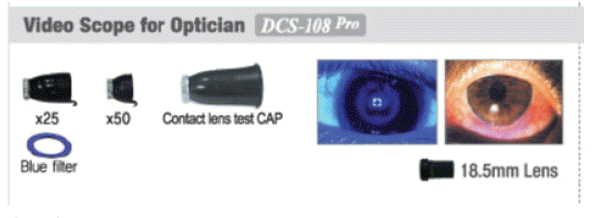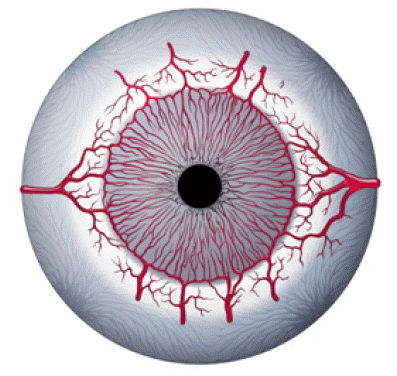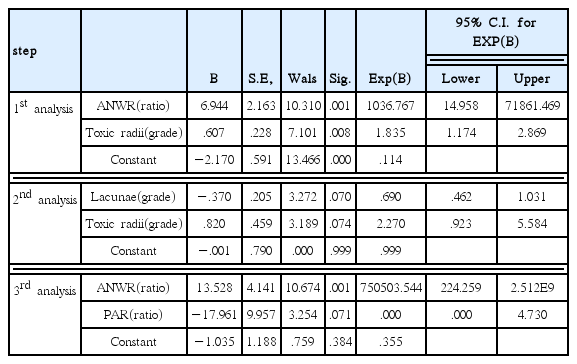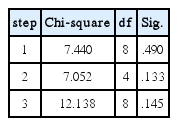A Pilot Study on the Association between Iris parameters and 8 Constitutional Medicine: Retrospective Chart Review
Article information
Abstract
Objectives
The purpose of this study was to investigate the usefulness of some iris parameters in predicting the 8 constitution
Methods
From November 2012 to February 2018, we retrospectively reviewed the medical records of 171 patients who were visited to the Korean Oriental Clinic. We conducted a stepwise binary logistic regression analysis to find the association between Iris parameters and 8 constitutional Medicine.
Results
Automic Nerve Wreath Ration (ANWR) was larger and toxic radii was longer in Earth and Wood constitutions than Metal and water constitution. ANWR was larger and pupil are ratio(PAR) was smaller in Wood constitutions than Earth constitutions. And others did not show significant results.
Conclusions
This study suggests that the relationship between some of the iris parameters and 8 constitution was significant, but more accurate follow-up study is needed.
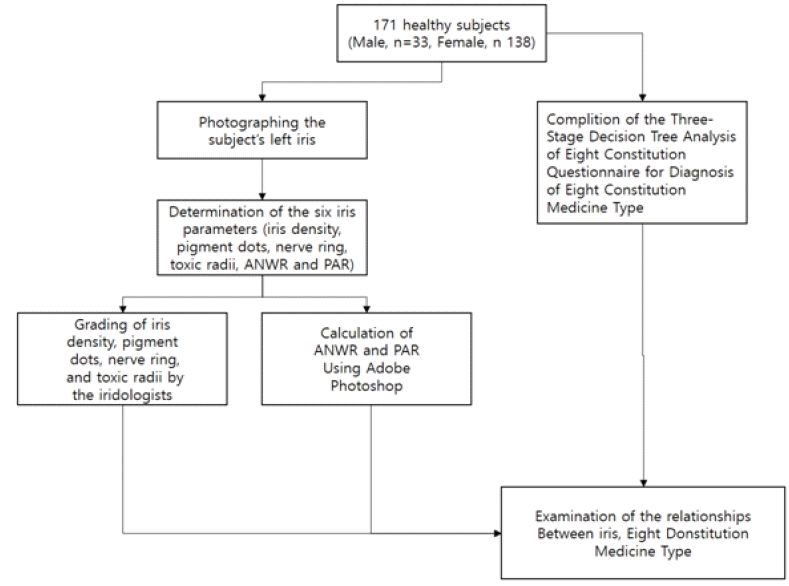
Flow chart of retrospective chart review for the iris parameters and the relationships between iris parameters and Eight Constitution Medicine Type. ANWAR: autonomic nerve wreath area ratio, PAR: pupil area ratio.
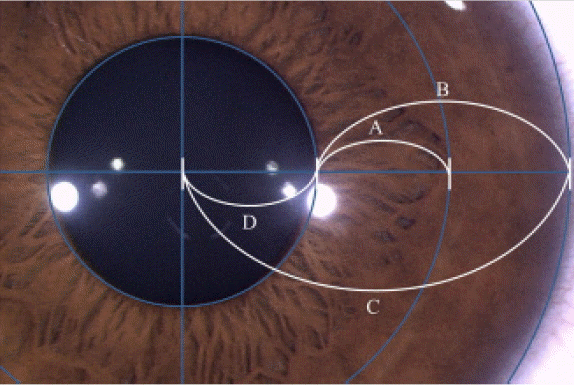
Definitions of ANWAR and PAR. ANWAR: autonomic nerve wreath area ratio, PAR: pupil area ratio. “A” indicates the length of the Autonomic Nerve Wreath(ANW). “B” indicates the length of the iris, including the ANW. “C” indicates the total length of the eye, consisting of the iris and pupil. “D” indicates the length of the pupil. In this study, ANWAR was defined as π/π, and PAR was defined as π/π,
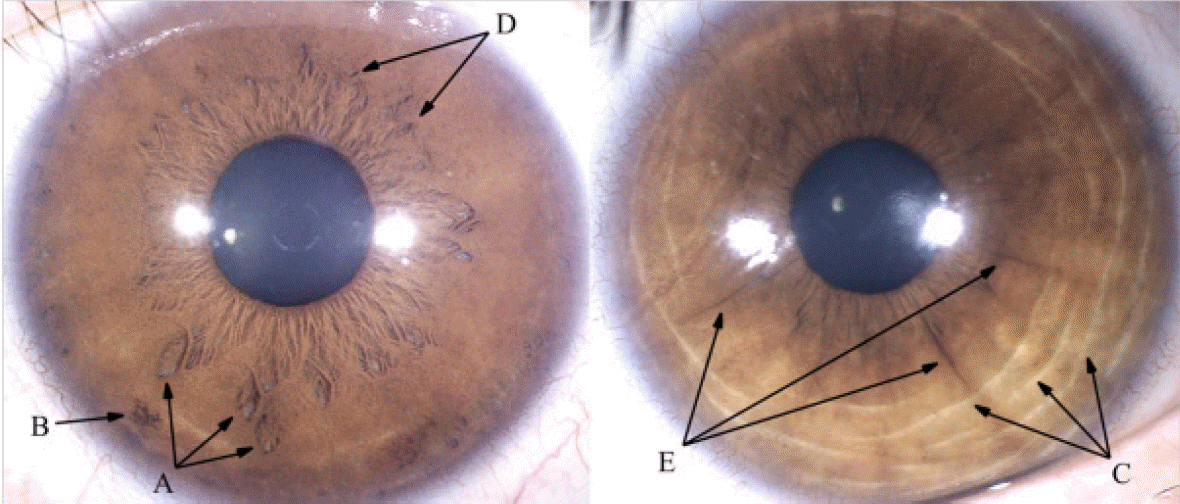
Five iridological markers used in grading or calculating the six iris parameters. A: lacunae, B: pigment dot, C: nerve rings, D: Autonomic Nerve Wreath(ANW), E: toxic radii.

